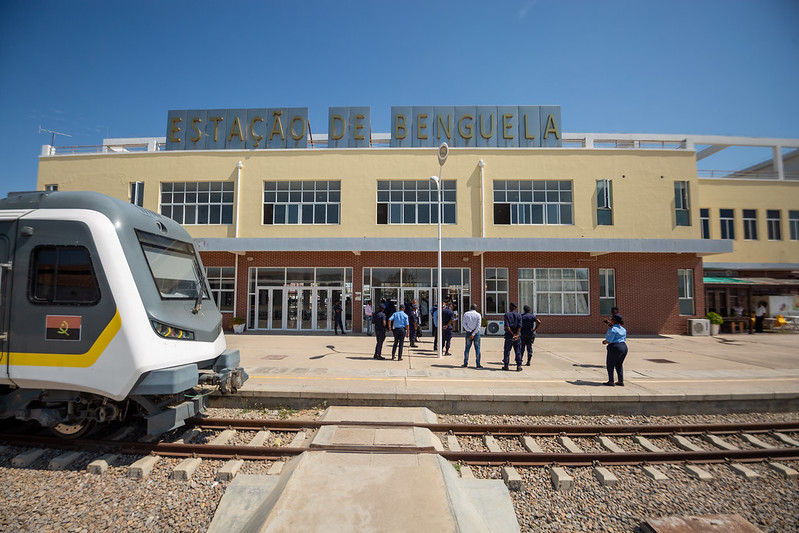Lobito Trading Corridor: Growing Africa’s Economy
 Lobito is a municipality in Angola with a population of 484,000. It is known for its shipping port, constructed in 1903 to transport goods worldwide. Also at this time, building began on the Benguela Railway connecting the Port of Lobito to the resource-rich Democratic Republic of Congo (DRC). During Angola’s civil war from 1975-2002, many of its transport systems were damaged, and goods could no longer reach the port for export. This heavily impacted the African economy. The Lobito Corridor initiative is the flagship project of the Partnership for Global Infrastructure and Investment (PGI). In 2022, the G7 formed the PGI, intending to invest $600 billion by 2027 to improve the infrastructure globally. Re-establishing its Lobito Trading Corridor could increase the efficiency of resource mobilization from the DRC to Angola’s port for trade with developed countries globally.
Lobito is a municipality in Angola with a population of 484,000. It is known for its shipping port, constructed in 1903 to transport goods worldwide. Also at this time, building began on the Benguela Railway connecting the Port of Lobito to the resource-rich Democratic Republic of Congo (DRC). During Angola’s civil war from 1975-2002, many of its transport systems were damaged, and goods could no longer reach the port for export. This heavily impacted the African economy. The Lobito Corridor initiative is the flagship project of the Partnership for Global Infrastructure and Investment (PGI). In 2022, the G7 formed the PGI, intending to invest $600 billion by 2027 to improve the infrastructure globally. Re-establishing its Lobito Trading Corridor could increase the efficiency of resource mobilization from the DRC to Angola’s port for trade with developed countries globally.
The Impact of The Lobito Trading Corridor on Africa
The Lobito Corridor is likely to improve international relationships. In August 2024, the first Lobito Corridor train carrying copper reached Lobito’s export port after its refurbishment. It took just six days to reach the port from the DRC, a journey that by road would usually take over 30 days, according to CNN. Before this, most of Africa’s resources went to Asia. Positive relationships between the U.S. and Africa hope to see increased trading efforts and economic growth for the developing country. Economic growth would allow continued building of Africa’s infrastructures and investment in humanitarian services.
Currently, 30% of Angola’s population lives below the poverty line. The country suffers from high and widespread unemployment, according to CNN. The Lobito Trading Corridor Initiative could bring many jobs to Angola and areas feeding the Lobito Corridor to keep the railway functioning. With more of its citizens in employment, poverty levels could decrease.
The Lobito Corridor could also provide transport assistance to support local businesses, such as agriculture. Businesses along the Lobito Corridor could use the railway to transport their crops and other services to regional communities or further afield. On a larger scale, the Angolan food production company, Carrinho Industry, also has the potential to benefit from this initiative. With initially poor road and communication infrastructure, transportation of food to supply Africa was difficult and expensive. However, with the more efficient Lobito Corridor, essential food supplies can reach those in need much faster, CNN reports.
The Future
Feasibility studies are currently taking place to assess the viability of extending the railway 800 kilometers to service Zambia, another mineral-rich African country. With more than 60% of its population living in poverty, the success of this phase could lead to economic growth and job security. Similarly, another future phase of the initiative is extending the railway to the Indian Ocean through Tanzania. This would allow an even more expansive trading opportunity for Africa.
– Millie Trussler
Millie is based in London, UK and focuses on Technology and Politics for The Borgen Project.
Photo: Flickr
